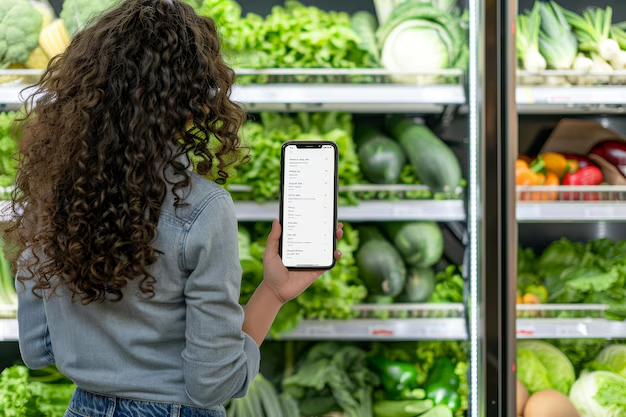Can You Use EBT for Instacart? Here's Everything You Need to Know
Navigating the complexities of grocery shopping online can be tricky, especially when you're relying on benefits like Electronic Benefits Transfer (EBT). If you're wondering whether you can use your EBT card for services like Instacart, you're not alone. Let’s dive into what you need to know about using EBT with Instacart and explore some additional resources that can help ease your financial stress.
Instacart and EBT: A Growing Partnership
Instacart, a popular online grocery delivery service, has been expanding its services to ensure inclusivity for customers who rely on Supplemental Nutrition Assistance Program (SNAP) benefits via EBT. As of now, Instacart does accept EBT for online grocery shopping, but it's important to note that this service might not be available everywhere just yet.
How It Works
Participating Stores: First, you'll need to ensure that the grocery store you wish to shop from participates in Instacart’s EBT-related programs. Currently, major chains like Walmart, ALDI, and some regional grocery stores participate, with more joining regularly.
Eligible Items: It's crucial to remember that EBT can only be used to purchase qualifying food items. Non-food items, delivery fees, and tips will need to be paid for with an alternative payment method.
How to Pay: During checkout on Instacart, you will have the option to select EBT as your payment method. Simply enter your EBT card information to cover eligible food costs in your order.
Expanding Your Support System
With grocery shopping needs squared away, let's explore other support options that might be available to you through government aid programs and financial assistance resources.
Government Aid Programs
Supplemental Nutrition Assistance Program (SNAP): If you don’t already receive SNAP benefits, consider checking your eligibility. SNAP benefits can significantly reduce the financial burden of monthly grocery expenses.
Child Nutrition Programs: For households with children, programs like the National School Lunch Program and the Special Supplemental Nutrition Program for Women, Infants, and Children (WIC) offer additional food security.
Financial Assistance
Managing household finances goes beyond food expenses. Here are some other options you might explore:
Low-Income Home Energy Assistance Program (LIHEAP): If energy bills are causing strife, LIHEAP may help cover heating and cooling expenses.
Housing Assistance: Programs like Housing Choice Vouchers (Section 8) can offer rental assistance to eligible families.
Educational Opportunities
To empower financial independence:
Pell Grants: For those looking to further their education, Pell Grants can offer substantial financial support for college expenses without the obligation of repayment.
Job Training Programs: Many states offer workforce preparation programs that can guide you toward stable careers, supporting long-term financial stability.
🛒 Takeaway Resources:
- 📅 SNAP Benefits: Helps low-income individuals and families purchase nutritious food.
- 🏫 Pell Grants: Provide financial aid for eligible undergraduate students.
- 💡 LIHEAP: Assists with energy bills for low-income households.
- 🏠 Housing Vouchers: Assist with affordable housing for low-income families.
- 🎓 Job Training: State-supported career training programs for financial independence.
By strategically utilizing these resources, you can leverage a full spectrum of support services beyond what EBT and Instacart offer. Together, these options can help form a robust financial foundation, easing your path toward a more secure and independent future.

Related Topics
- Are There Any Meal Kits That Accept Ebt
- Can i Add Ebt To Apple Pay
- Can i Buy Dog Food With Ebt
- Can i Buy Protein Powder With Ebt
- Can i Buy Vitamins With Ebt
- Can i Get a Replacement Ebt Card The Same Day
- Can i Use Coupons With My Ebt At Walmart
- Can i Use Ebt At Costco
- Can i Use Ebt At Target
- Can i Use Ebt Cash On Amazon